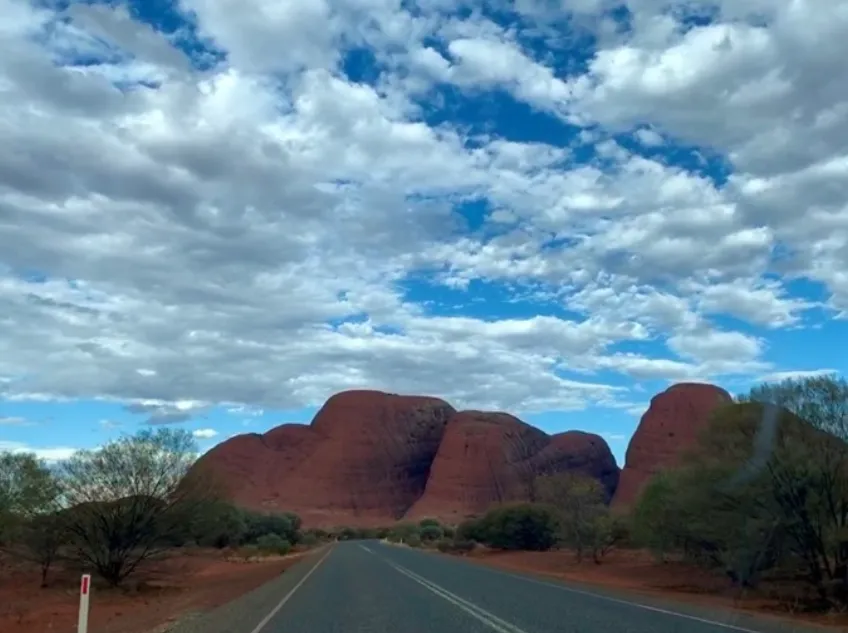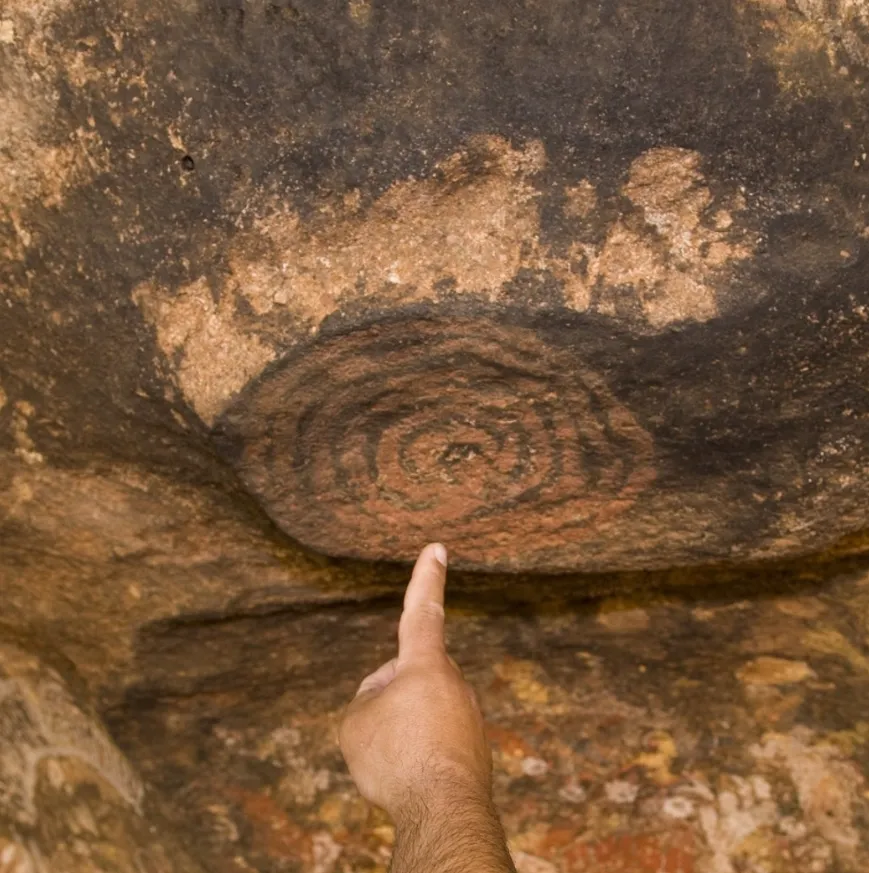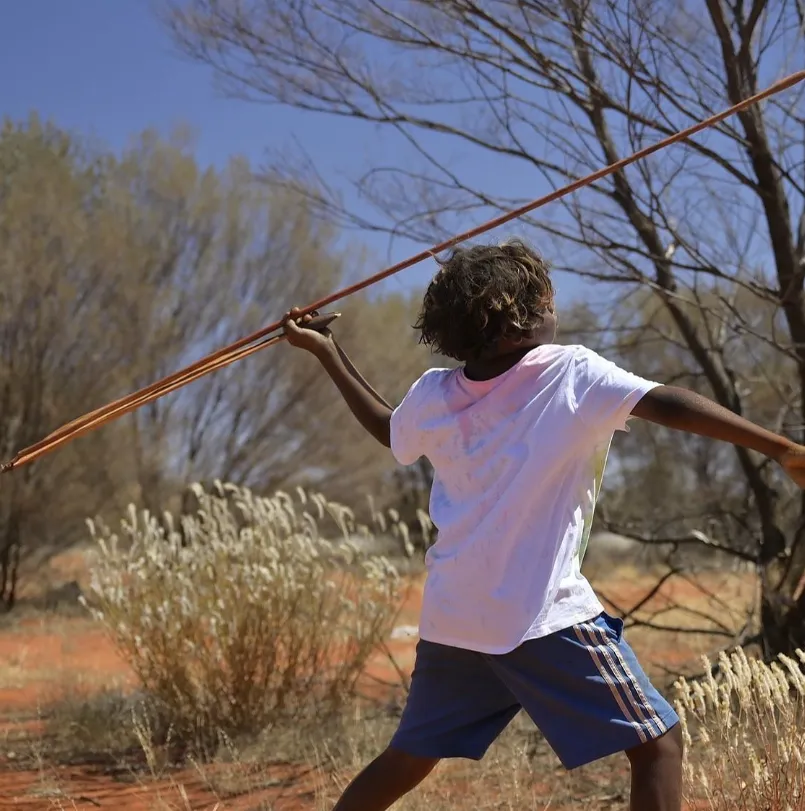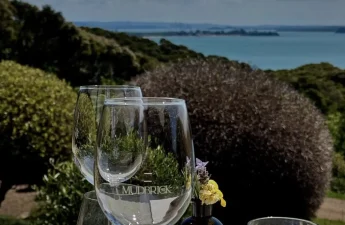It is very difficult to talk about Australia without mentioning Uluru or Ayers Rock. Uluru, as a sandstone monolith, together with the domes of Kata Tjuta, are the focus of attention for many people visiting this national park, which is also referred to as Uluru-Kata Tjuta National Park. The growth of the tourism sector at Uluru was just one tourist trickle into this area, which is an important part of Australia’s international tourism industry that attracts tourists because it is a unique cultural and natural phenomenon. The approach has been a balancing act between paying homage to Indigenous cultures while meeting global travellers’ demands, thus avoiding harmful effects on the environment and encouraging Australian regional economies.
History of Uluru and Tourism

Uluru is central to the creation stories that define life and spirituality among indigenous tribes, which are called Anangu. On its surface are drawings created by ancient Aboriginal people illustrating ancient stories governing the lives of Aborigines and their relationship with their aboriginal land. These narratives have cultural significance not only in terms of indigenous culture but also as part of Australians’ lives—this living cultural landscape remains instructive, inspiring, and guiding the Indigenous populations inhabiting Central Australia.
The tourism sector has evolved from curious adventurers going out there in search of excitement to being one of the streams forming part of the Australian tourism industry where international visitors come hoping to experience such excellent cultural and natural forms. This kind of shift came due sensitive management plans targeting preservation of cultural values within the park along with attraction high – quality visitor experiences.
Development of tourism at Uluru
Undoubtedly, indigenous tourism at Uluru can be seen as both a blessing and a curse: on one hand, it has contributed immensely towards economic development and employment opportunities for Aboriginal communities; on other hand, it puts strains on environmental ecosystems and destroys local cultures. A move towards sustainable tourism was therefore necessitated by these issues so as to preserve what makes Uluru a unique place.
In fact, the park’s economic contribution extends beyond direct revenue from indigenous tourism. This has significant implications for the wider region’s Australian economy in Central Australia as it supports local businesses and promotes economically meaningful practices that are in line with the cultural values of Aboriginal people.
Management

To mitigate against the excessive impact of tourism, several management plans have been implemented by Uluru-Kata Tjuta National Park board that put the preservation of Anangu culture and ecological sanctity of the park first. Some of these strategies involve restrictions on particular activities, educational experiences for tourists and developing alternative attractions thus avoiding tourist climbing as requested by Anangu tribes.
Table: Milestones in Uluru’s Tourism Management
| Year | Milestone |
|---|---|
| 1985 | Handback of Uluru to the Anangu, with lease agreements for park management. |
| 1992 | Joint management was implemented, recognizing Anangu’s land rights and cultural significance. |
| 2000 | Introduction of the “Climb Closure” educational campaign to discourage climbing. |
| 2019 | Official closure of the Uluru climb, following decades of advocacy by the Indigenous community. |
Management strategies represent a broader shift in the tourism industry towards more sustainable and sensitive cultural practices. In addition, this approach improves the environmental and cultural environment of Uluru and enhances the quality of tourists’ experience, making it more meaningful and respectful towards their interaction with this ancient site.
Indigenous connection

The role played by park rangers and indigenous guides is critical in ensuring that tourism remains sustainable in Uluru. Through providing deep insights about Anangu culture, geological significance of the region, as well as environmental challenges facing it, these guides make visitors’ experiences become worth remembering. Thus they turn a mere tour into an educational journey that respects while celebrating rich Aboriginal heritage of this area.
Additionally, hiring indigenous people as tourist guides or any other posts within the sector of tourism does not only have economic benefits but also facilitates preservation and transmission of cultural knowledge thus maintaining respect for Anangu’s deep connection to their land.
Tourist Activities at Uluru
At Uluru, the cessation of climbing marked an essential milestone towards respecting Anangu’s cultural values that promote environmental conservation, thereby changing the focus on tourist strategies to alternative activities that still enable one to see the beauty and importance of Uluru without destroying it. These alternatives are not only respectful of its sacredness but also offer rich experiences highlighting natural beauty and cultural pride in the area.
Adopting Cultural Tours

Cultural tours provide a platform where tourists can learn directly from Anangu guides about ancient traditions associated with landscapes, creation stories, and customs, among others. Such tours shed light on the meaning behind rock art on Uluru surfaces found all over the area’s flora, including fauna, upholding the ongoing relationship between them (Anangu) and their land. These visits help visitors acquire a better comprehension of what this place means culturally alongside preservation activities being done herein.
These tours are crafted in such a way that they give exposure to Anangu cultural practices and give a glimpse of their rich cultural heritage. Besides, this shift towards cultural-focused tourism growth sustains the economic benefits that tourism brings while conforming to sustainable tourism practices that respect both culture and the environment.
Environmental Protection
Apart from cultural Uluru tours, there are several environmental educational programs organized in the park aimed at educating visitors about peculiar ecology of this area, challenges faced, as well as efforts being made to overcome them. Such programs are tailored to foster conservation consciousness among visitors who would like to participate in preservation activities and let people know why it is important to preserve these unique environments.
The topics discussed under these programs include traditional fire management, the conservation efforts of native species and the way human activities affect the fragile desert environment. By knowing the ecological aspects of Uluru, including its environs, tourists leave such places with highly raised awareness regarding their environmental footprint, and they become more committed to eco-friendly habits.
Table: Popular Alternative Activities at Uluru
| Activity Type | Description |
|---|---|
| Guided Cultural Walks | Explore the base of Uluru with an Anangu guide to learn about the cultural and spiritual significance of various sites. |
| Sunset and Sunrise Viewings | Experience the changing colours of Uluru at dawn and dusk, which attract photographers and nature lovers alike. |
| Uluru Camel Tours | Enjoy a unique perspective of the Australian desert landscape surrounding Uluru on a guided camel ride, offering a nod to the region’s cultural history. |
| Aboriginal Art Workshops | Participate in workshops where local artists share their techniques and stories through painting and crafts. |
| Star Gazing Events | Join astronomers at night to gaze at the spectacular southern sky, learning about the constellations that hold significance in Anangu astronomy. |
Strengthening Community Ties

Furthermore, not only has this shift to non-climbing activities reduced environmental impacts, but it has also improved the local community economy. The park focused on sustainable tourism, thereby providing employment opportunities such as tour guides and careful management and hospitality for the Anangu and other local people. As a result, there has been an increase in local income levels and an enhanced sense of community ownership and pride towards tourism offerings.
In addition, when Uluru made a successful transition to sustainable tourism; it also encouraged the rest of the local community into venturing into entrepreneurial activities like Aboriginal art sales, cultural performance among others. This economic growth supports the cultural significance of Uluru within its own society as well as among its visitors thus making tourist experience more genuine and respectful.
The Future of Uluru Tourism
The journey from being one of the most popular climbing locations to becoming one of Australia’s most revered cultural objects is an enormous testament to how respect can be earned through sustainable tourism practices. These efforts continue to present lessons for other world cultural heritage sites on how they can maintain their aboriginal culture while ensuring ecological soundness. Park authorities are leading by example globally. Educationally efficient experiences will likely take centre stage in future so that Uluru doesn’t stop being our national pride indicator concerning what we value deeply as a people and what it will stand for in terms of sustainable tourism.
FAQ
Why is it important to participate in cultural tours at Uluru?
Visiting Uluru in a cultural context is extremely significant for appreciating the importance of the site to Anangu, thereby building reverence for their traditions and helping to save their cultural heritage.
What environmental issues does Uluru face?
Uluru’s ecological problems comprise erosion, visitor impacts and other threats towards local vegetation as well as animals. Solutions focus on sustainable tourism practices and environmental education designed to address these concerns.
How do the alternative activities at Uluru benefit the local community?
Alternative activities are means through which locals can get jobs, support businesses around them, and maintain Indigenous cultural practices that result in economic and social benefits.
What measures are in place to protect Uluru’s cultural integrity?
Some of the measures used in safeguarding the cultural integrity of this place include strict management plans, education programs specifically for domestic tourists, and involvement of Anangu during the planning and implementation stages of tourist activities, among others.
How can tourists contribute to the conservation of Uluru?
It is their responsibility to promote responsible tourism through participating in educational visits not only within but also outside National Park, respect for Indigenous customs plus restrictions, or letting others know about the importance of Uluru.



